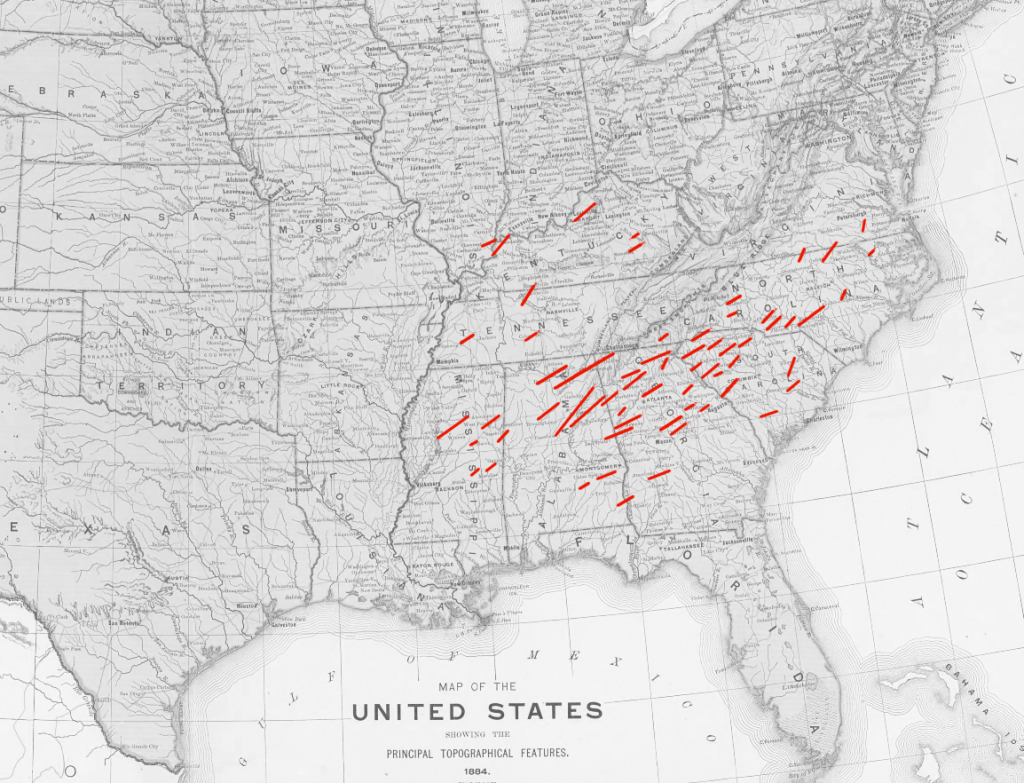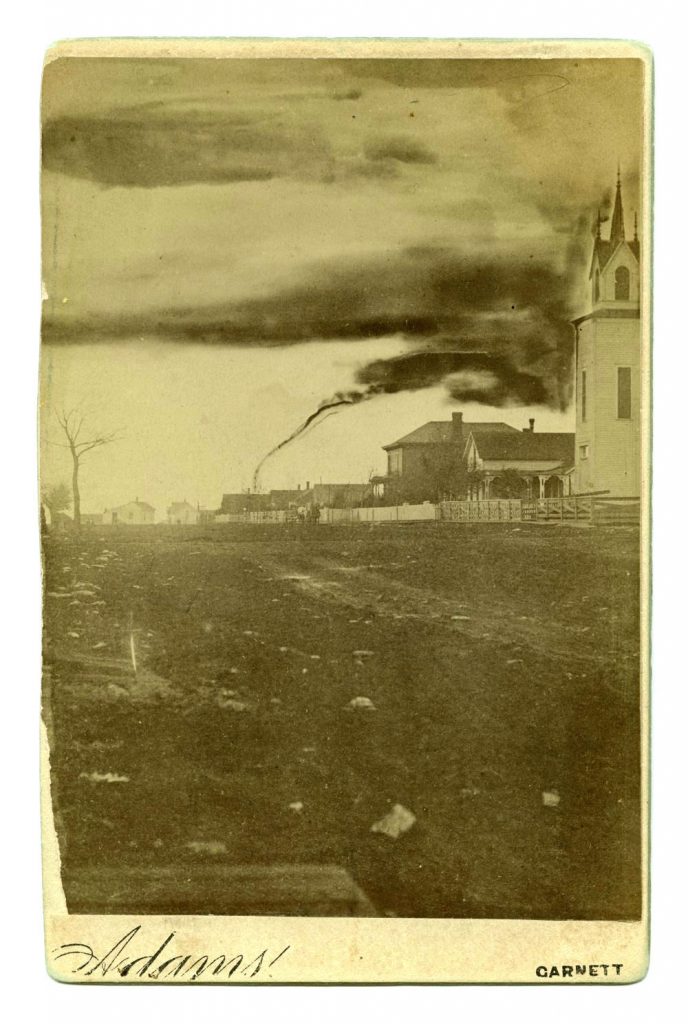Enigma of Destruction: Unraveling the 1884 Tornado Outbreak
The year was 1884. A time before radar, before storm chasing, before the intricate understanding of tornadoes we possess today. It was during this era that a mysterious and devastating tornado outbreak swept across the southeastern United States, leaving behind a trail of destruction and unanswered questions. This event, known as the Enigma tornado outbreak, remains one of the most enigmatic and deadly tornado events in American history.

On February 19th, 1884, a series of violent tornadoes ripped through Alabama, Georgia, North Carolina, South Carolina, Tennessee, and Virginia. Due to the limitations of the time, the exact number of tornadoes remains unknown, with estimates ranging from 20 to 60 individual twisters. What is known, however, is the scale of devastation. Entire towns were leveled, homes were swept away, and landscapes were forever altered.
In North Carolina, the town of Rockingham was nearly obliterated by a massive tornado, estimated to be a mile and a half wide. Witnesses described the terrifying sight of a “huge black cloud rolling along the ground” as it tore through the town, leaving behind a scene of utter devastation. Homes were reduced to splinters, trees were uprooted, and the local cotton mill was destroyed, leaving many without livelihoods.
Further south, in Georgia, the town of Gainesville was also struck by a powerful tornado. The twister carved a path of destruction through the heart of the town, leveling homes and businesses. The local newspaper reported that “the air was filled with flying debris, and the roar of the wind was deafening.” Tragically, the tornado struck a local schoolhouse, claiming the lives of several children.
The death toll from the outbreak is estimated to be between 800 and 1,200 individuals, making it one of the deadliest tornado events in US history. The lack of advanced warning systems and the vulnerability of structures at the time contributed to the high number of fatalities. Stories of survival and loss emerged from the wreckage, painting a picture of the terror and awe that these storms inspired.

One account from a survivor in Alabama described the moment the tornado struck their home: “The house began to shake violently, and then it seemed to explode. I was thrown into the air and landed in a field some distance away. When I looked back, all I could see was a pile of rubble where my home had once stood.”
The meteorological factors that contributed to this outbreak remain somewhat shrouded in mystery due to the lack of data from that time period. However, it is believed that a strong low-pressure system tracking across the southeastern states provided the necessary instability and lift for thunderstorm development. Additionally, strong wind shear, likely present due to the clash of contrasting air masses, would have created an environment conducive to the formation of rotating supercell thunderstorms, the breeding grounds for tornadoes.
The Enigma tornado outbreak serves as a stark reminder of the destructive power of nature and the importance of understanding and respecting severe weather. While technology and our understanding of tornadoes have advanced significantly since 1884, the threat posed by these storms remains real. By studying historical events like the Enigma outbreak, we can learn valuable lessons about tornado behavior and continue to improve our forecasting and warning systems, ultimately saving lives and protecting communities.
